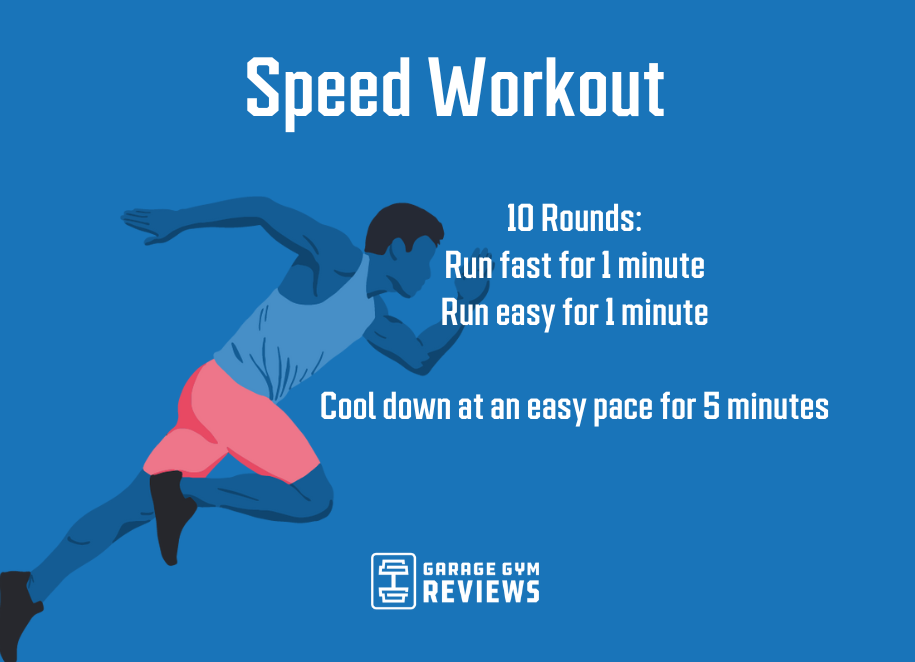Getting Rid Of Pain in Running: Approaches and Techniques That Job
Discomfort is an usual companion for several runners, often acting as an obstacle to attaining their wanted objectives. Nonetheless, with the right methods and strategies, it is possible to conquer and also protect against the discomfort connected with running. By discovering numerous strategies such as understanding the various kinds of running pain, maximizing shoes and type, incorporating cross-training and toughness workouts, applying efficient healing methods, and keeping correct nourishment and hydration, runners can possibly alleviate their discomfort and improve their total running experience.
Understanding Different Types of Running Discomfort

Another kind of running discomfort is joint pain, which can show up as a sharp or throbbing discomfort in locations such as the knees, hips, or ankle joints (running strategy). Joint pain may be brought on by aspects like inappropriate running type, overuse, or underlying conditions like arthritis (this website). It is necessary to separate between muscular tissue pain and joint discomfort, as the latter may require medical attention to avoid further injury
Understanding the different kinds of running discomfort is crucial for efficient management and avoidance strategies to ensure a secure and pleasurable running experience.
Appropriate Shoes and Running Kind
To maximize performance and reduce the danger of running-related injuries, picking suitable footwear and keeping appropriate running type are vital elements for joggers of all degrees. Proper shoes plays an important duty in supplying assistance, cushioning, stability, and defense for the feet and lower limbs. It is recommended to pick running footwear that are particularly developed for the individual's foot type, running gait, and the kind of running task they take part in. Obtaining suitabled for shoes at a specialty running store can help make sure the right fit and support.

Cross-Training and Stamina Workouts
Participating in cross-training and including toughness exercises into a running routine can substantially boost total efficiency and lower the likelihood of injuries. Cross-training, such as biking or swimming, aids boost cardio health and fitness while offering running muscular tissues a break from repetitive effect. It likewise assists enhance different muscle groups, causing much better general body conditioning. Stamina exercises, like squats, lunges, and core workouts, play an essential function in supporting muscle mass and improving running efficiency. They can correct muscular tissue inequalities, enhance dexterity, and enhance power outcome, all of which are vital for running performance.
Integrating cross-training and strength workouts into a running routine needs to be done purposefully. It is necessary to allow for ample rest in between running sessions and cross-training activities to avoid overuse injuries. Additionally, concentrating on proper kind and method throughout stamina exercises is vital to maximizing their advantages and minimizing the risk of injury. By integrating these elements right into a running routine, joggers can develop a more powerful foundation, improve efficiency, and delight in an extra lasting running experience.
Recovery and Relax Strategies
Having established the relevance of cross-training and stamina workouts in a detailed running regimen, focus can currently be directed towards Recuperation and Rest Methods as integral elements for optimizing efficiency and reducing the danger of injuries. (running strategy)
Recovery after running is important for muscle repair service and development. Techniques such as foam rolling, stretching, and massage therapy help in decreasing muscle mass discomfort and enhancing versatility. Appropriate rest between runs allows the body to recoup and adapt to the physical stress and anxiety, stopping overuse injuries.
Integrating active healing days right into a training routine, where low-intensity tasks like strolling or cycling are performed, can enhance blood flow and promote healing without placing excess pressure on the muscles. Furthermore, appropriate hydration and nourishment play an essential role in the recovery process by restoring shed liquids and nutrients.
Quality rest is an additional important element of healing that need to not be overlooked. Throughout rest, the body undertakes repair and regeneration processes, adding to general physical and psychological wellness. By focusing on recovery and remainder methods, runners can maintain optimal efficiency degrees and lower the likelihood of experiencing discomfort or injuries.
Nourishment and Hydration for Runners
Just how can joggers enhance their performance with appropriate nutrition and hydration this hyperlink practices? Nourishment and hydration are essential facets of a jogger's training routine, playing a critical duty in efficiency, endurance, and healing. To enhance efficiency, joggers must focus on consuming a well-balanced diet regimen that consists of carbohydrates, proteins, healthy fats, vitamins, and minerals. Carbohydrates offer energy for running, while healthy proteins aid in muscle mass repair work and recuperation. Healthy and balanced fats sustain general health and aid in soaking up important nutrients. Adequate hydration is additionally important to maintain ideal performance, as also moderate dehydration can adversely affect running efficiency. Runners should consume water before, throughout, and after their runs to remain hydrated. Electrolytes, such as salt and potassium, are likewise essential for keeping fluid equilibrium and muscle mass feature - running strategy. Furthermore, timing dishes and snacks suitably before runs can aid avoid gastrointestinal pain and supply the necessary power for peak efficiency. By paying interest to their nourishment and hydration, joggers can improve their endurance, quicken recovery, and do at their best.
Verdict
Finally, by understanding the different kinds of running discomfort, putting on proper footwear, maintaining proper running form, integrating cross-training and stamina workouts, focusing on recuperation and remainder, and focusing on nourishment and hydration, joggers can properly overcome pain and improve their performance. Applying these strategies and techniques can help runners prevent injuries, enhance their endurance, and ultimately take pleasure in an extra meeting running experience.